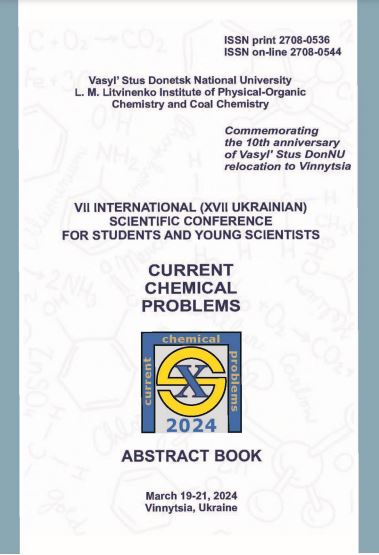Hetaryl and aryl derivatives of 3,3'-diindolylmethane as promising components of antimicrobial drugs
Анотація
Resistance to antimicrobial drugs and the emergence of multiresistant bacterial strains is a problem of global importance. Recent studies of 3,3'-diindolylmethane (DIM) and some of its derivatives proved the feasibility of finding new effective inhibitors for the formation of resistant biofilms by pathogenic microorganisms from the ESKAPE group [1]. In addition, information on the effect of bisindole on the synthesis of nucleic acids can become a prerequisite for a wide spectrum of antimicrobial activity of its derivatives [2].
Посилання
Golberg, K. Anti-virulence activity of 3,3’-diindolyl-methane (DIM): a bioactive cruciferous phytochemical with accelerated wound healing benefits. Pharmaceutics. 2022, 14, pp 967–989.
Jacobs, M. R. Novel bis-indole agents active against multidrug-resistant Acinetobacter baumannii. Diagn. Microbiol. Infect. Dis. 2011, 69, pp 114–116.
Penieres-Carrillo, J. G. Synthesis of novel benzimidazole-diindolylmethane hybrid compounds within the green chemistry context. Arkivoc. 2017, 4, pp 210–221.

